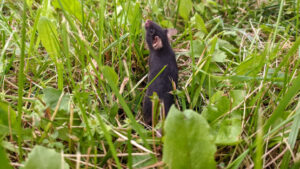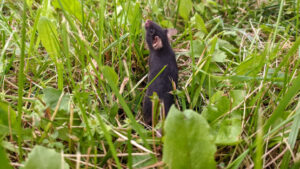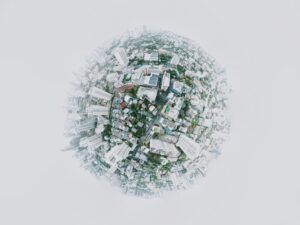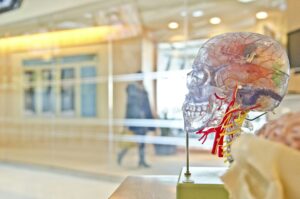
Elon Musk’s Tesla is set to revolutionize the driving experience in Australia and New Zealand with the introduction of its controversial self-driving technology. The “Full Self-Driving (supervised)” feature, already available in left-hand drive markets such as the United States, Canada, and China, will soon be accessible to right-hand drivers for the first time. This move is part of Tesla’s broader strategy to expand its autonomous vehicle capabilities globally.
The announcement has sparked a mix of excitement and concern among Australian drivers and industry experts. While some view the technology as a groundbreaking advancement, others caution against potential safety risks. The rollout, which will be available as a $10,100 software update for compatible Tesla vehicles, has already raised eyebrows due to reported glitches and close calls during initial trials.
Understanding Tesla’s Full Self-Driving Technology
The new feature will initially be available for the Tesla Model 3 and Model Y, but only about 40,000 of the approximately 140,000 Tesla vehicles on Australian roads are equipped with the necessary cameras to support the Full Self-Driving mode. The technology relies on camera vision and artificial intelligence to mimic human perception, a method that differs from competitors like Waymo, which uses radar and LiDAR.
Paul Maric, founder of CarExpert.com.au, recently tested the technology in Brisbane. He described the experience as both “exciting and scary,” noting that Tesla engineers have tailored the system to accommodate Australian road conditions, including unique features like Melbourne’s hook turns and local road signs.
Challenges and Concerns
Despite the excitement, the technology is not without its flaws. Maric reported several incidents during his test drive, including the car attempting to drive into oncoming traffic and cutting off a motorcyclist at a roundabout. A particularly tense moment occurred when a family of ducks crossed the road, narrowly avoiding a collision.
“Camera vision has its flaws,” Maric explained, highlighting that “cameras aren’t as strong” as other detection methods.
Animal collisions are a significant concern on Australian roads, with Tesla Vision reportedly struggling to recognize kangaroos. Maric plans to further test this capability, suspecting it remains an issue.
Expert Opinions on the Future of Autonomous Vehicles
While Tesla’s Full Self-Driving represents a significant technological milestone, experts caution that full autonomy is still a distant goal. Professor Hussein Dia of Swinburne University emphasizes that Tesla’s system is only at stage two of five in vehicle automation.
“Think of FSD as a learner driver: it can read the road, but it still needs an experienced driver watching closely,” Prof Dia explained. “We’re still very far from full automation.”
He notes that while the car can perform tasks like steering, accelerating, and recognizing traffic signals, human oversight remains crucial. This sentiment is echoed by traffic lawyer Hayder Shkara, who warns that legal liability continues to rest with the driver.
“What the law does say is that a driver must have ‘proper control’ of their vehicle at all times,” Shkara stated. “The reality is that if you take your hands off and something goes wrong, police can fine you, insurers can refuse to cover you, and ultimately, you, as the driver, remain legally responsible for any damage caused.”
Looking Ahead
The introduction of Tesla’s self-driving mode in Australia is a significant step in the evolution of autonomous vehicles, but it also highlights the challenges that lie ahead. As the technology continues to develop, it will be crucial for manufacturers, regulators, and drivers to work together to ensure safety and reliability.
With further testing and improvements, Tesla aims to address the current limitations of its system. Meanwhile, Australian drivers are advised to remain vigilant and prepared to take control at any moment, as the journey towards fully autonomous vehicles continues.







